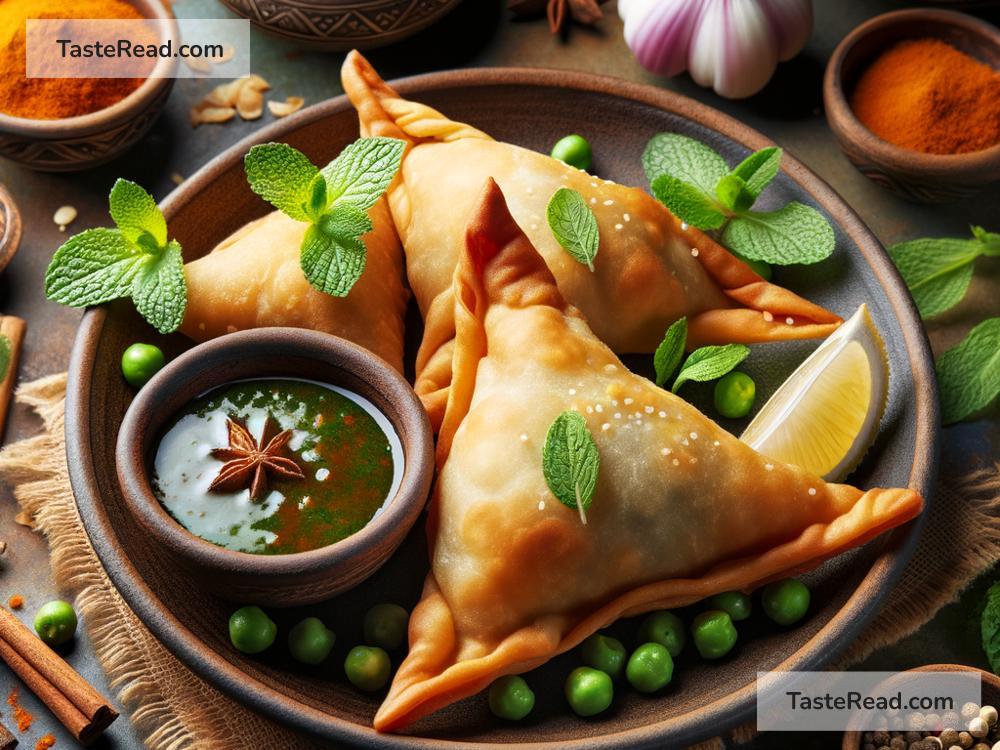Samosas: The Taste of India That Went Global
From street vendors in the bustling lanes of Delhi to posh cafes in the heart of London, one snack you’re likely to encounter in various avatars is the samosa. This crispy, pyramid-shaped delicacy, traditionally stuffed with spiced potatoes, peas, and sometimes meat, has crossed oceans and boundaries to become a global favorite. But have you ever wondered how this quintessentially Indian snack made its mark worldwide? Let’s take a journey through the history and evolution of the samosa to understand its global appeal.
Origins and Evolution
Contrary to popular belief, the samosa did not originate in India. Historical records suggest its roots can be traced back to the Middle East, as far back as the 9th century. Originally called ‘sambosa’, this snack was introduced to the Indian subcontinent in the 13th or 14th century by traders and travelers from Central Asia. The traditional recipe underwent numerous adaptations to suit the local palate, incorporating regional flavors and ingredients. It wasn’t long before the samosa became an integral part of Indian cuisine, especially as a favorite snack to accompany tea.
Journey Across Borders
The samosa’s journey from a regional delicacy to a global snack is a testimony to cultural exchange and globalization. As Indians traveled and settled across the world, they brought their culinary traditions with them, introducing the samosa to new palates. Additionally, the British colonial period played a significant role in popularizing Indian cuisine in the West. The samosa, with its savory filling and crispy exterior, quickly caught the fancy of British taste buds and began its voyage across continents.
The Global Adaptation
What makes the samosa truly unique is its ability to adapt. Across the world, it has morphed to cater to local tastes and preferences. For instance, in Africa, particularly in countries like Kenya, samosas are often filled with minced meat and are a staple during Ramadan. In the Middle East, you’ll find versions with a thinner pastry shell, akin to the original ‘sambosa’. Head over to the United Kingdom, and you might stumble upon samosas filled with chicken tikka, catering to the British love for this Indian dish.
In North America, the samosa has found its place as a popular appetizer in Indian restaurants and even mainstream supermarkets. The filling choices have expanded to include cheese, spinach, and even chocolate for a dessert variant! This versatility and ease of customization have played a pivotal role in the samosa’s global popularity.
Samosa in Contemporary Culture
Today, the samosa is not just a snack; it’s a cultural icon. Food festivals around the globe celebrate this humble snack, with samosa-making workshops and contests drawing crowds. Its culinary appeal has even entered popular media, with mentions in movies and television shows, further cementing its global status.
Despite its evolution and adaptation, the samosa has managed to retain its essence. Whether it’s served with a spicy chutney in India or as part of a high tea in London, the joy of biting into a hot, crispy samosa remains unparalleled. It’s a testament to the snack’s endearing quality and its ability to bring people together, transcending cultural and geographical barriers.
Conclusion
The samosa’s journey from a regional specialty to a beloved global snack is a fascinating tale of culinary migration and adaptation. Its universal appeal lies not just in its taste but also in its ability to evolve and assimilate into different culinary traditions. As the world becomes increasingly interconnected, the samosa symbolizes the sharing and blending of cultures – a delicious reminder that food can indeed bring the world closer. The next time you savour a samosa, remember you’re biting into a piece of history that has traveled continents to reach you.


